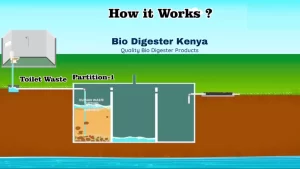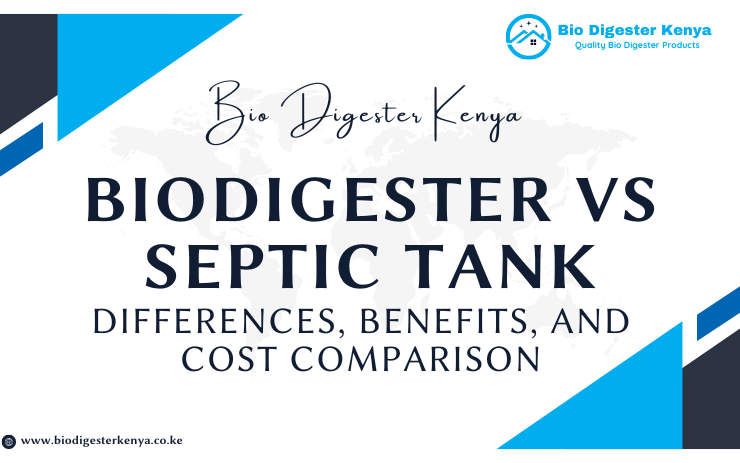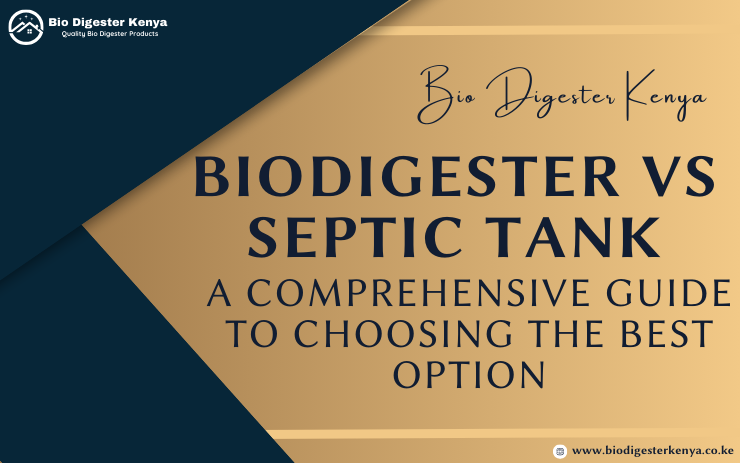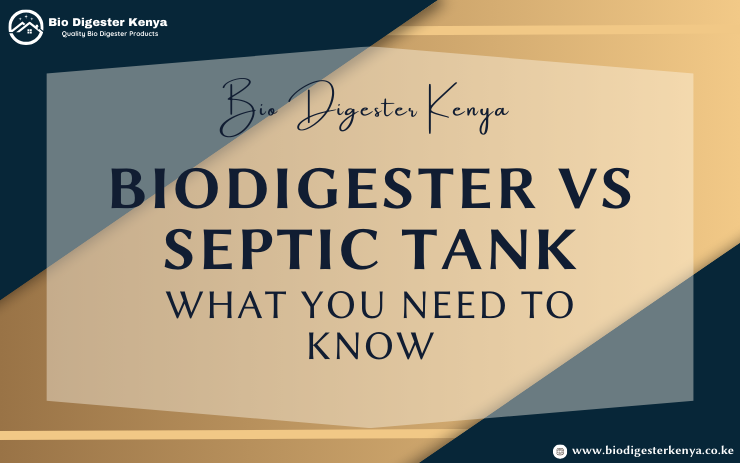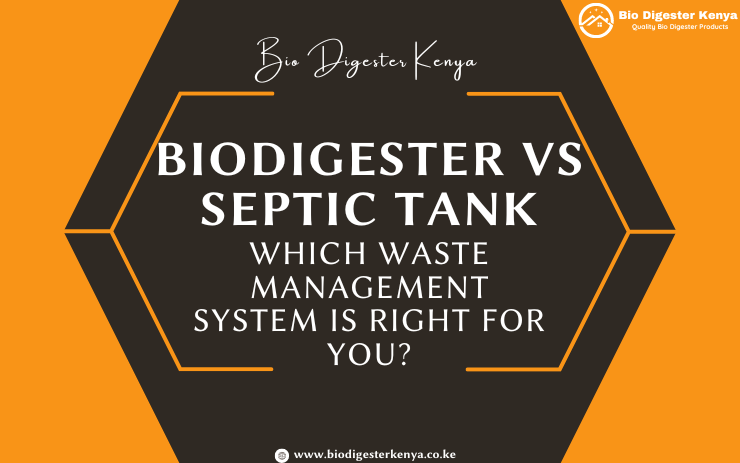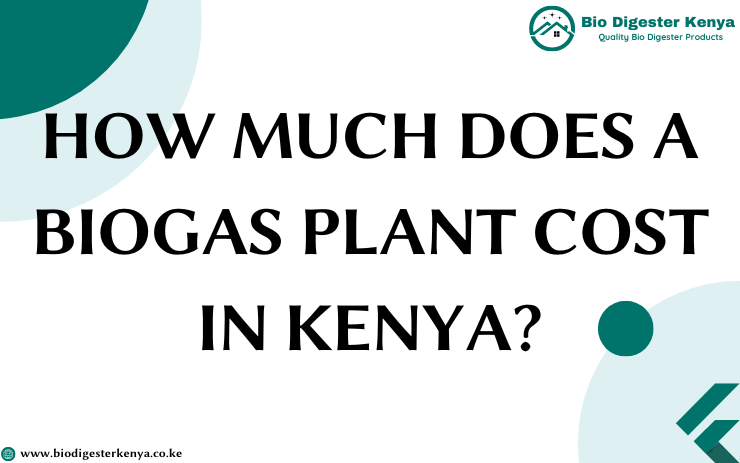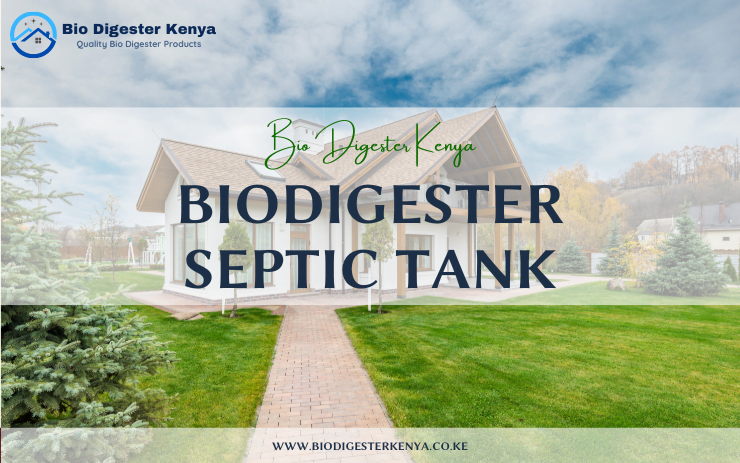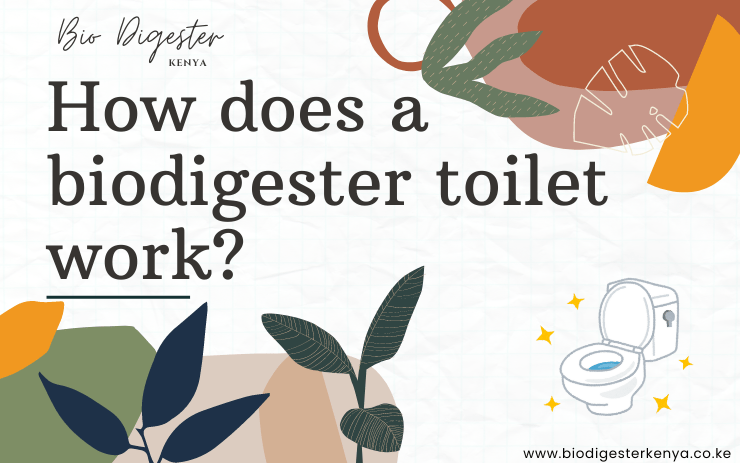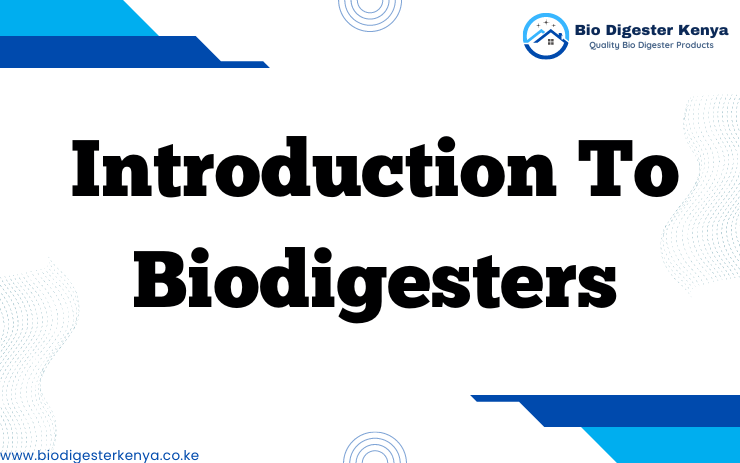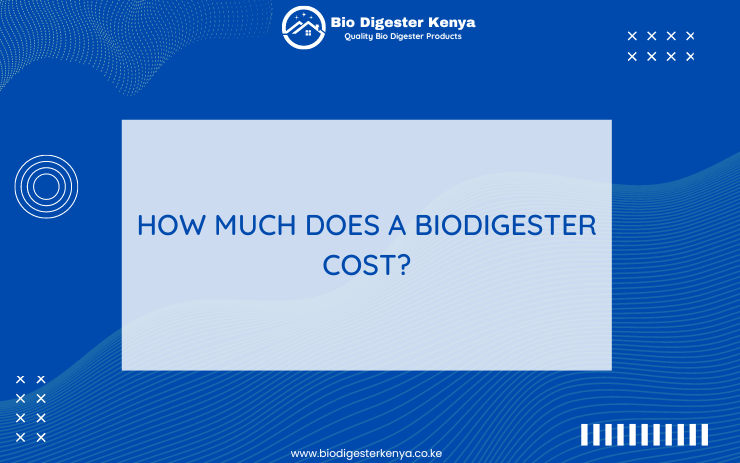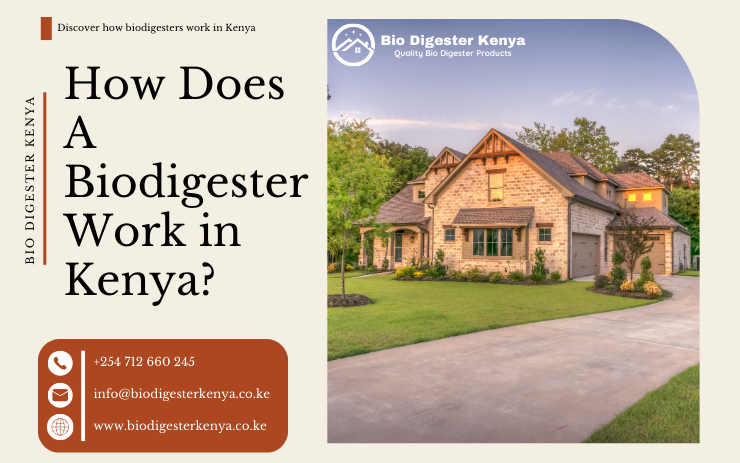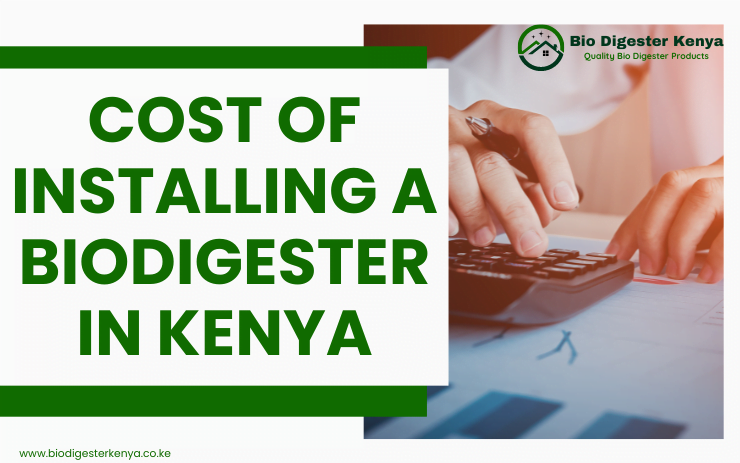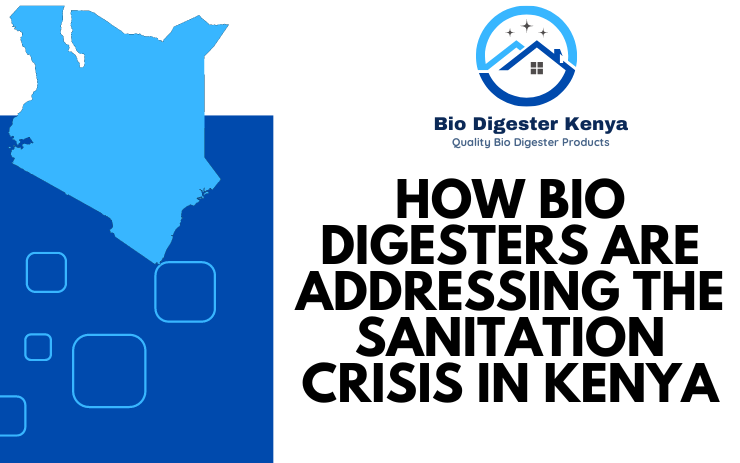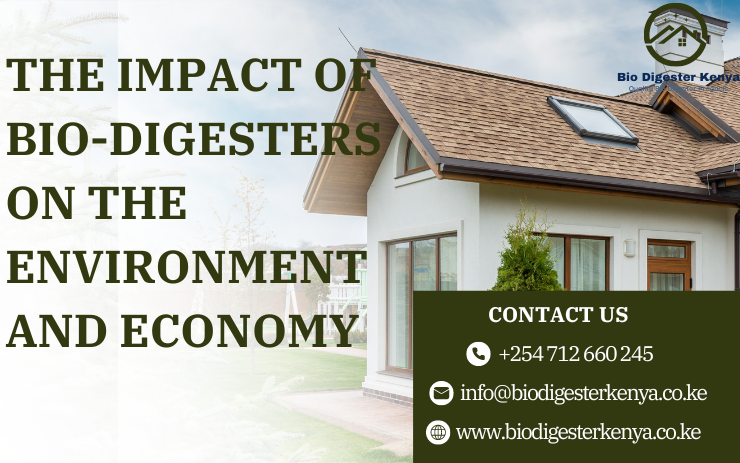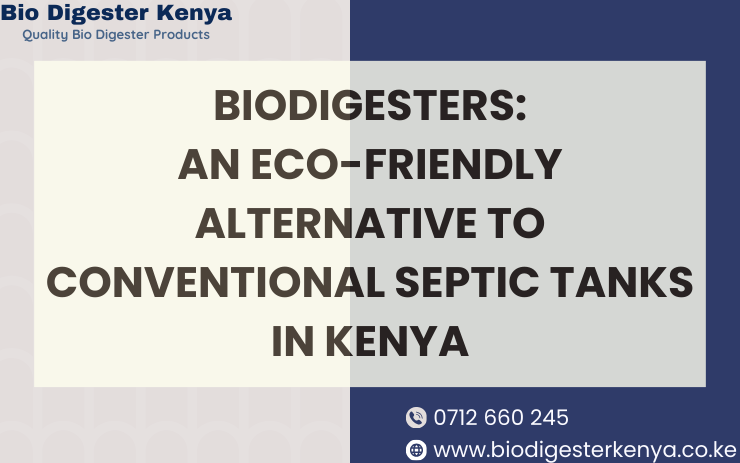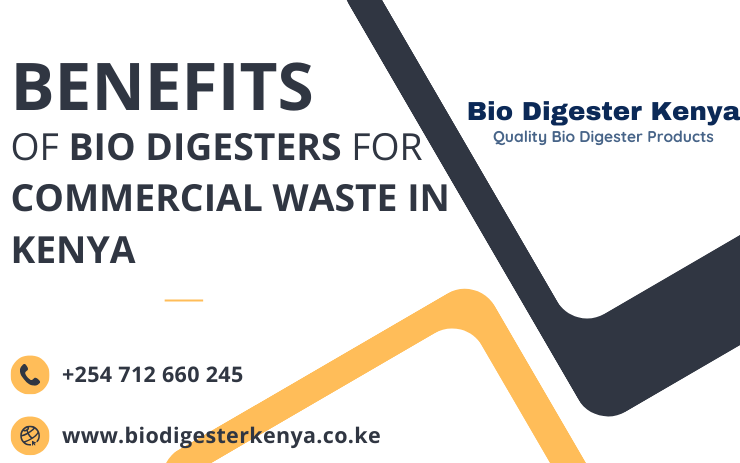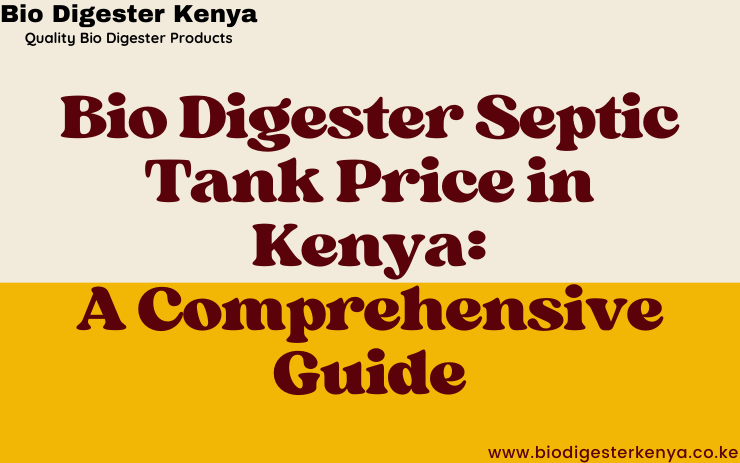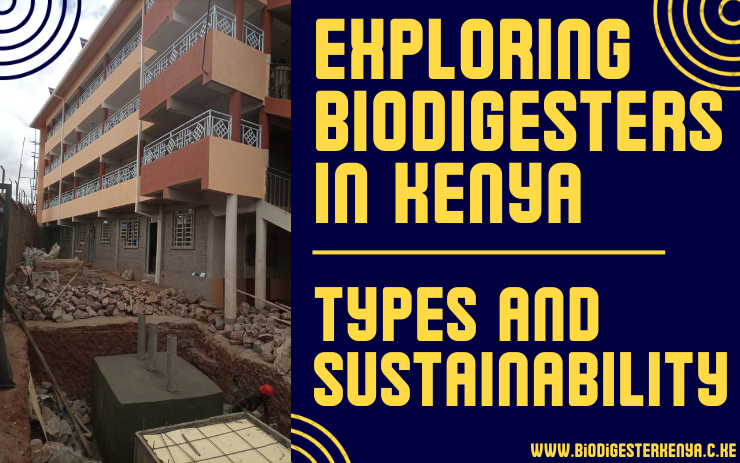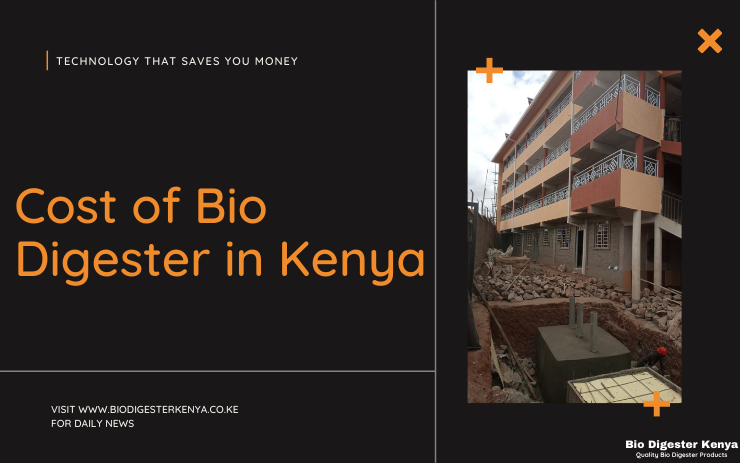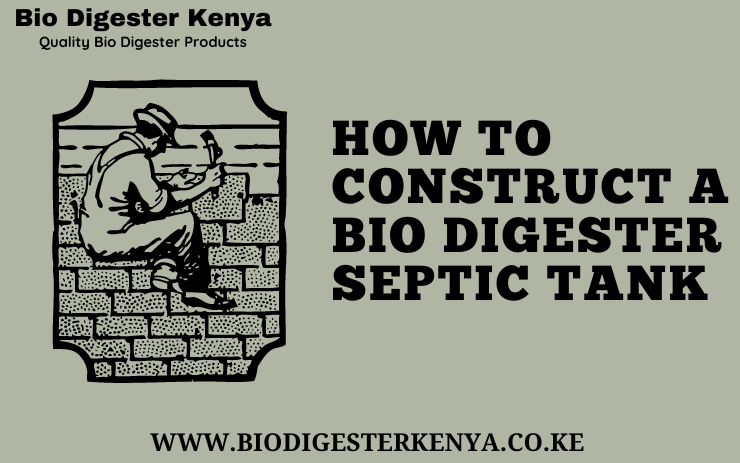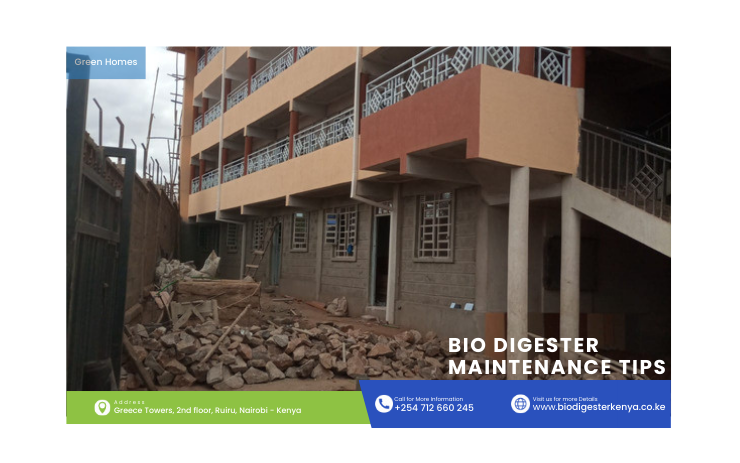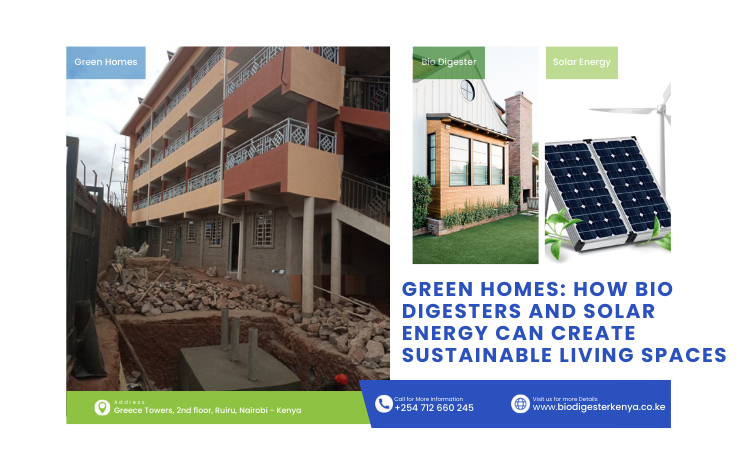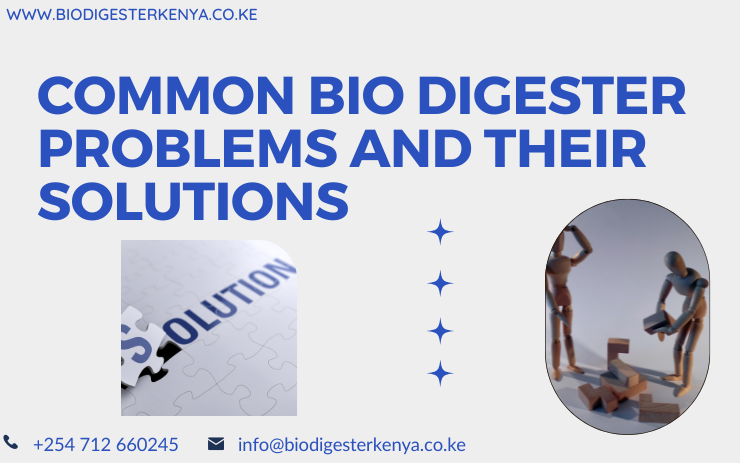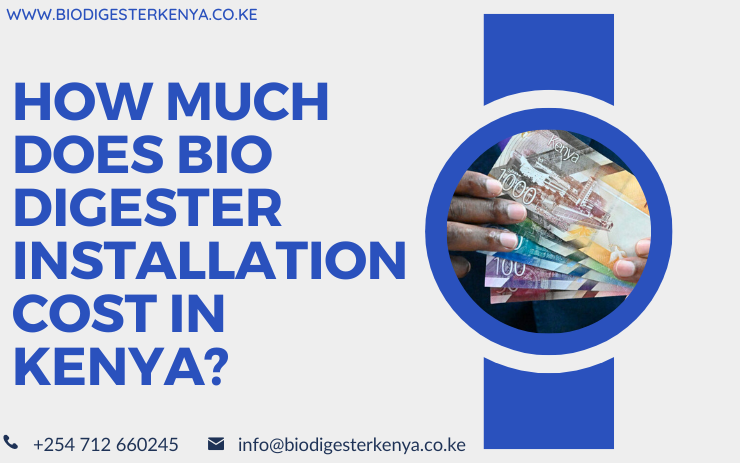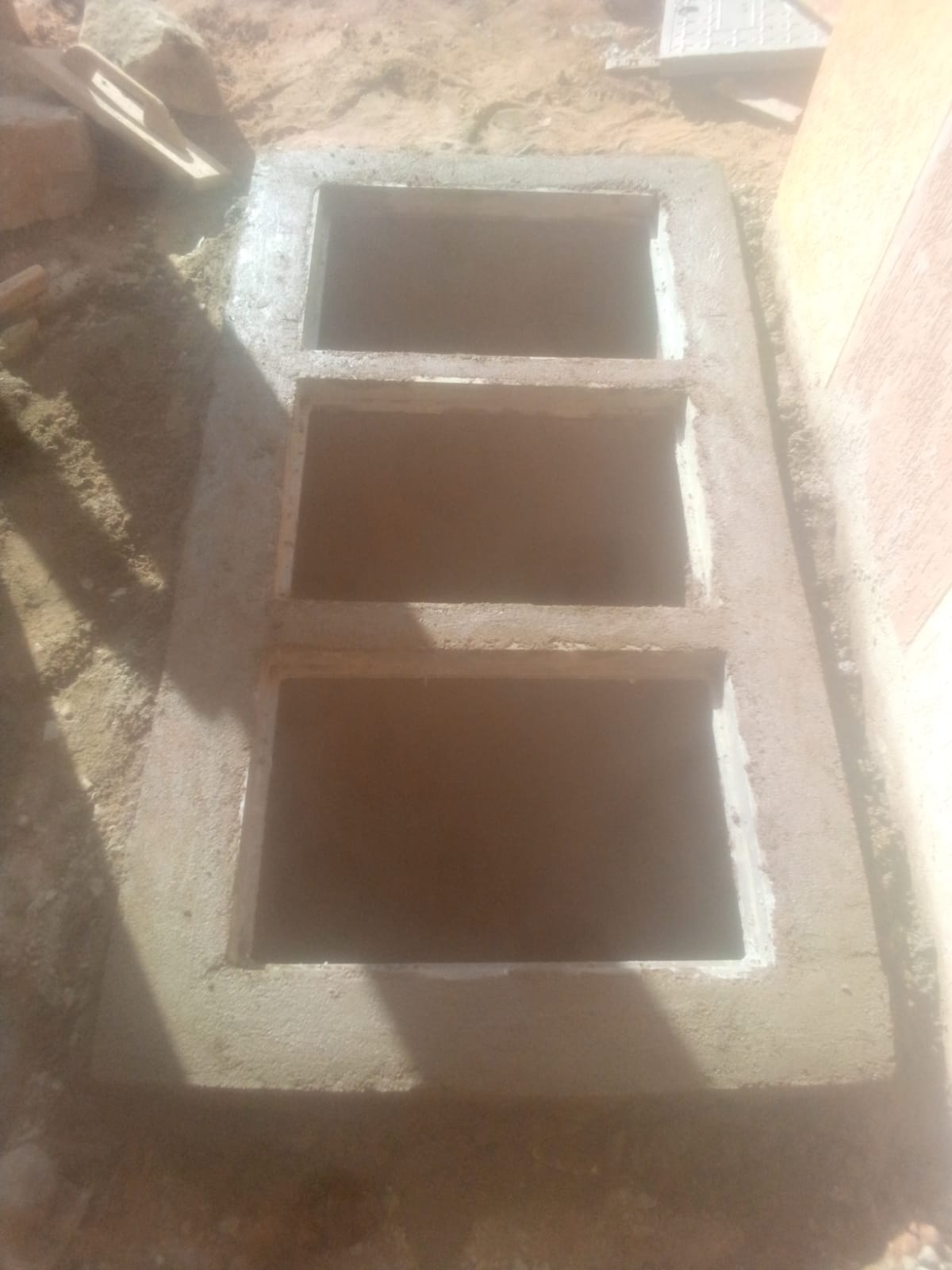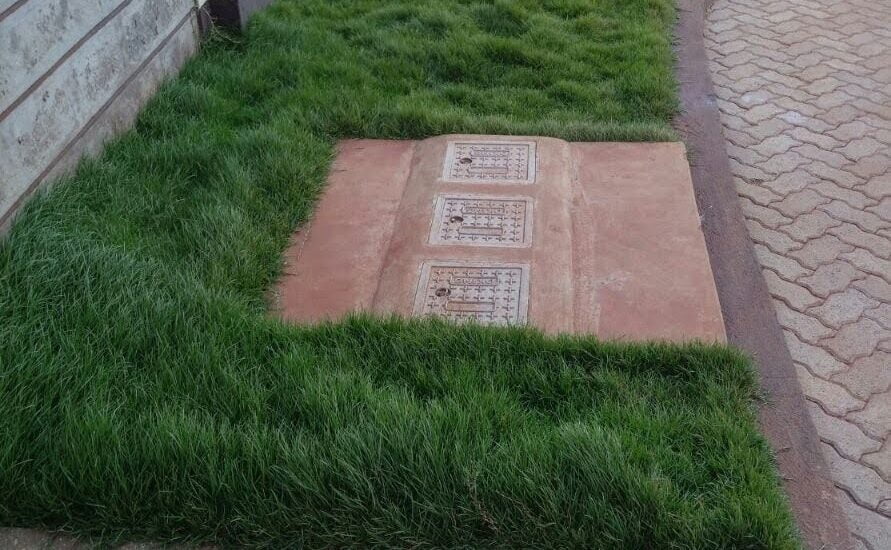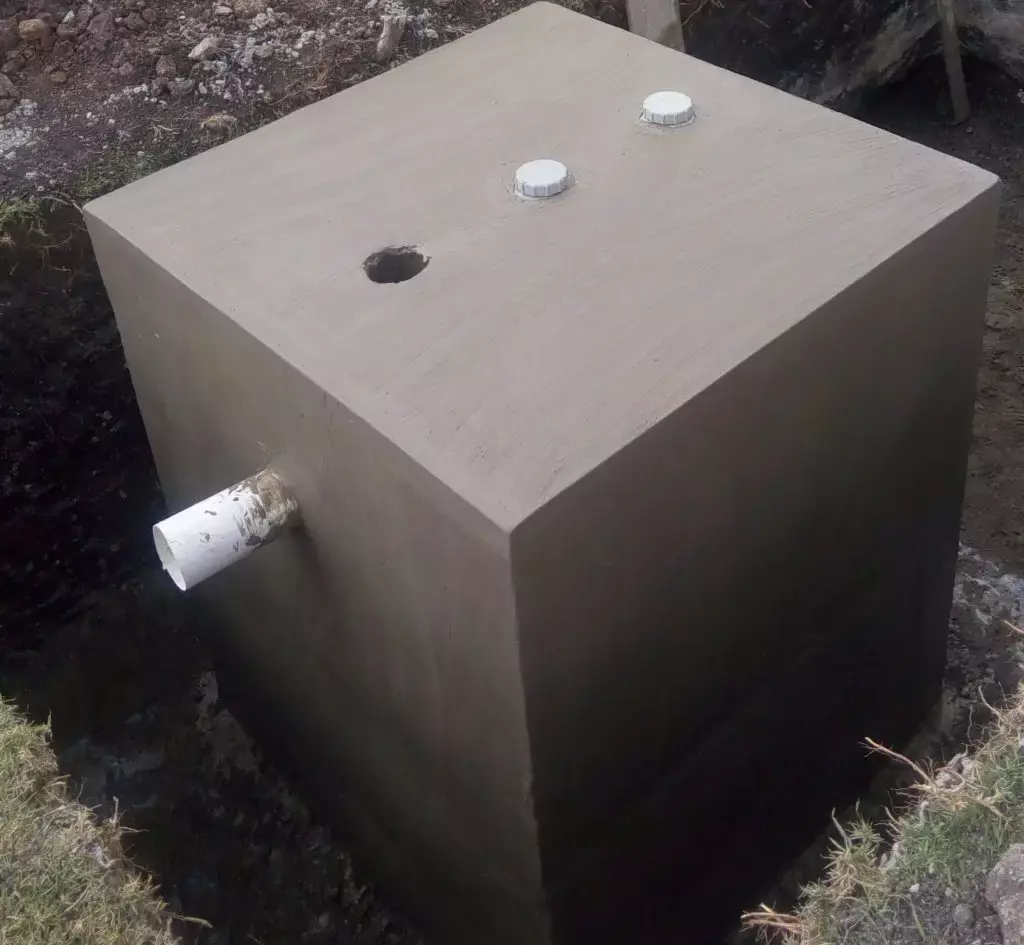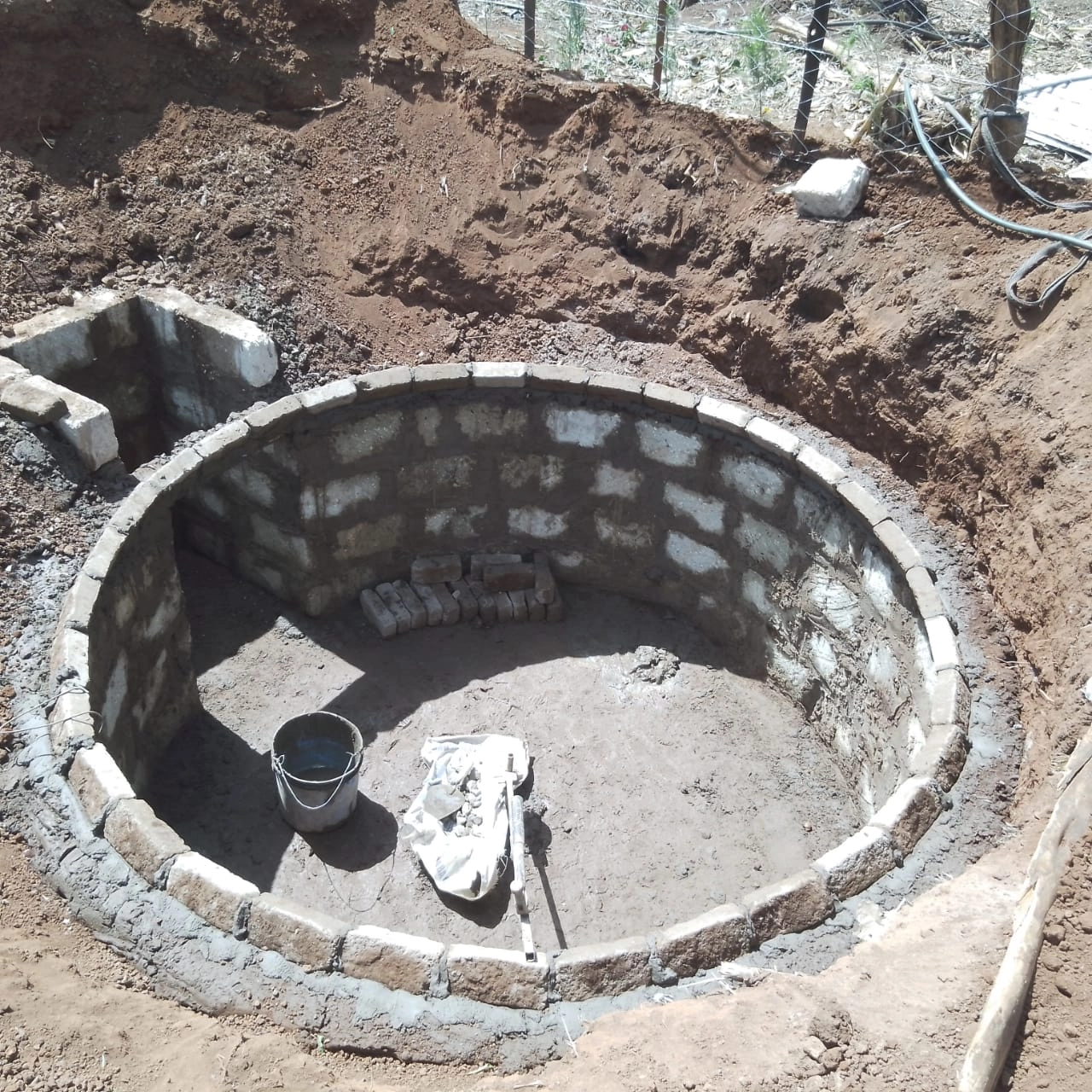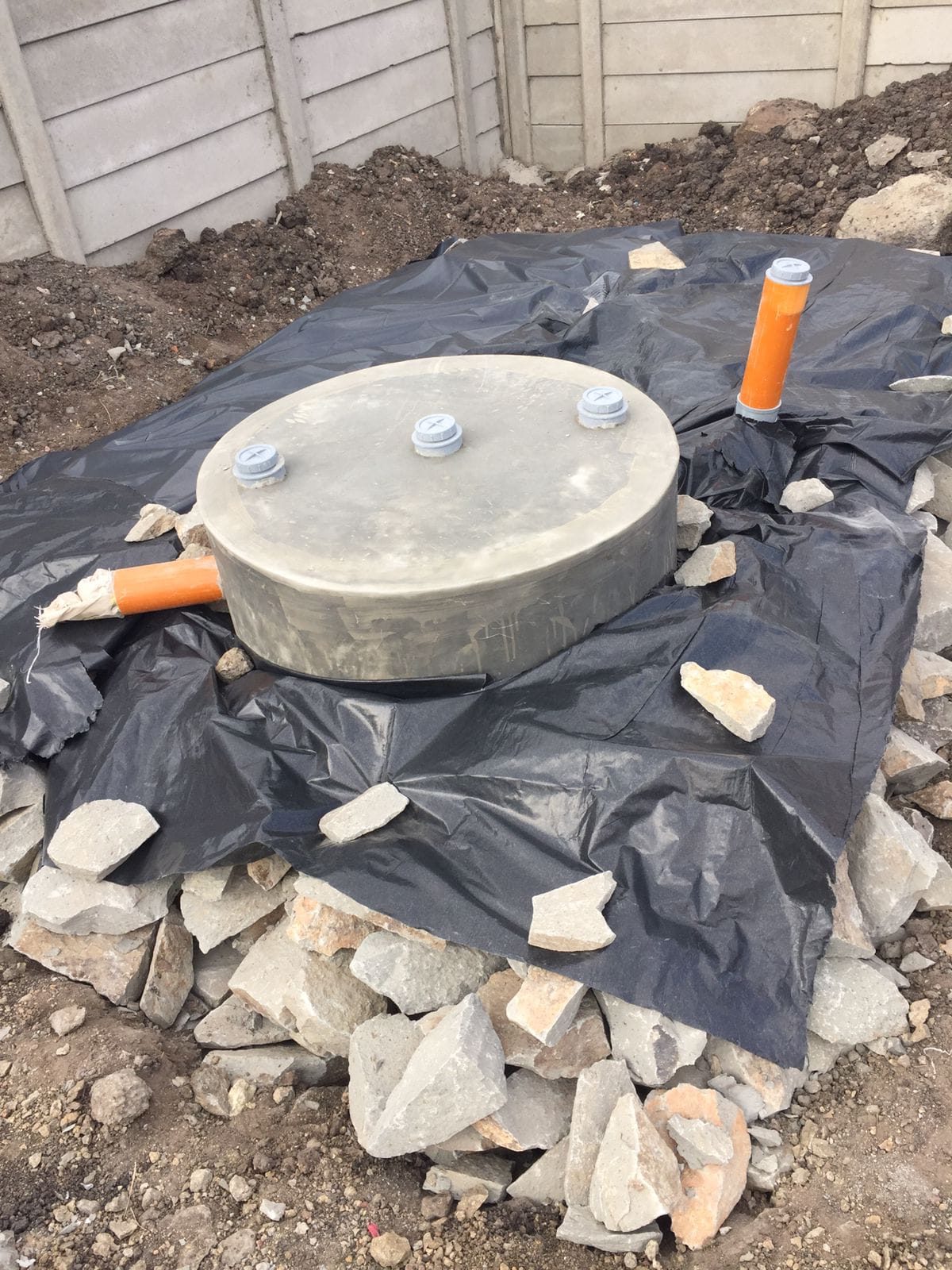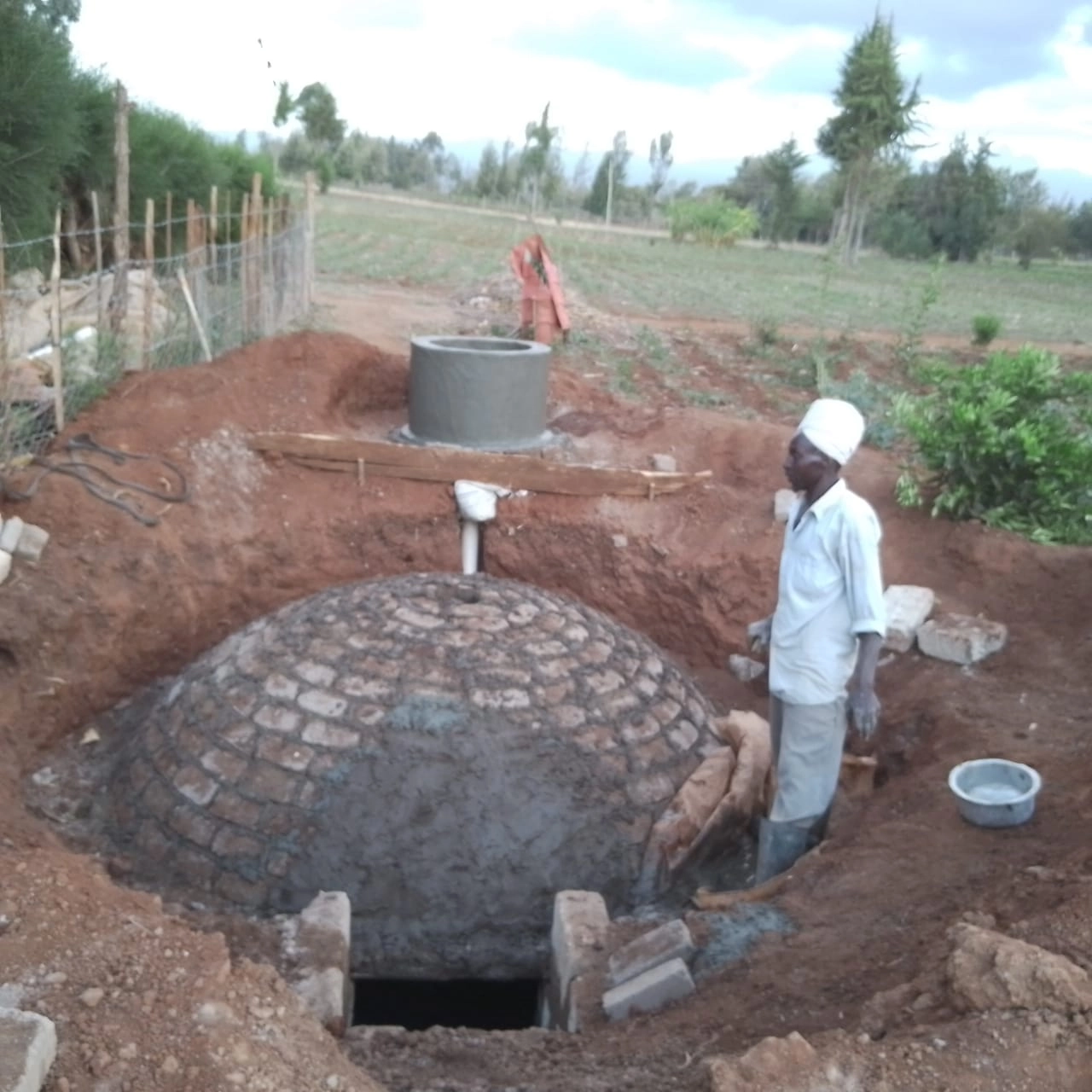In a bid to manage household waste sustainably, bio digesters have emerged as a popular solution.
However, determining the appropriate size for your bio digester is crucial for its efficiency and effectiveness.
This article delves into the essential considerations and steps involved in sizing a bio digester for household waste management.
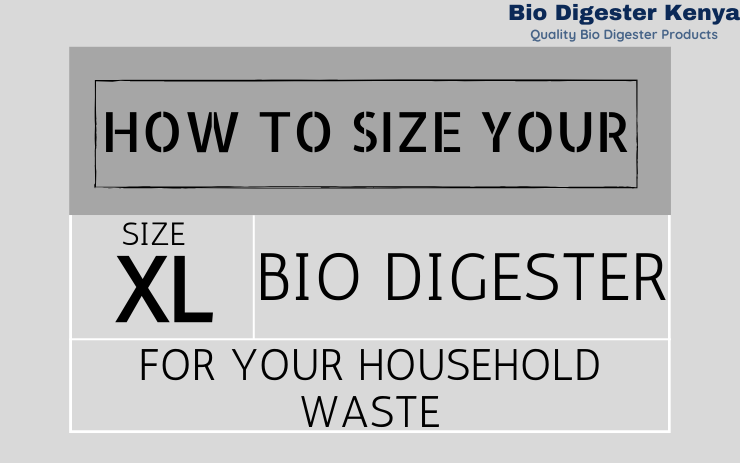
Introduction
In today’s world, where sustainability is becoming increasingly important, bio digesters have emerged as a practical solution for managing household waste.
These systems utilize natural biological processes to break down organic matter, producing valuable resources like biogas and nutrient-rich effluent.
However, to ensure optimal performance, it’s crucial to size your bio digester correctly. In this article, we’ll explore the essential steps and considerations involved in sizing a bio digester for your household waste management needs.
Understanding Bio Digesters
What is a Bio Digester?
A bio digester stands as an innovative waste management system engineered to leverage anaerobic digestion, a natural process where microorganisms breakdown organic matter in the absence of oxygen.
This sophisticated technology offers a sustainable solution to waste disposal by transforming organic waste into valuable resources.
Through this process, bio digesters yield biogas, a versatile energy source suitable for cooking and heating, along with nutrient-rich effluent, which serves as an organic fertilizer, nourishing soil and promoting agricultural productivity.
How Do Bio Digesters Work?
Bio digesters orchestrate a complex interplay of biological and chemical processes to efficiently manage organic waste.
Within the digester, a diverse community of microorganisms, including bacteria and archaea, collaboratively degrade organic waste material.
As they break down the waste, they release methane and carbon dioxide gases as byproducts.
These gases are meticulously captured and harnessed as a renewable energy source, contributing to sustainable energy practices and reducing reliance on traditional fossil fuels.
Simultaneously, the residual effluent, brimming with essential nutrients and organic matter, serves as a potent fertilizer.
By incorporating this nutrient-rich effluent into agricultural practices, bio digesters promote soil health and fertility, fostering sustainable farming practices and environmental stewardship.
Applications of Bio Digesters
Beyond household waste management, bio digesters find applications in various sectors, including agriculture, food processing, and wastewater treatment.
In agricultural settings, bio digesters effectively manage animal manure and agricultural residues, reducing odor emissions and providing a renewable energy source for farm operations.
In food processing industries, bio digesters manage organic waste generated during food production, minimizing environmental pollution and reducing operating costs.
Additionally, bio digesters play a crucial role in wastewater treatment plants by facilitating the treatment of organic sludge and producing biogas for energy generation.
These diverse applications underscore the versatility and efficacy of bio digesters in addressing complex waste management challenges across different industries.
Advantages of Bio Digesters
Apart from waste management, bio digesters offer several advantages, including reduced greenhouse gas emissions, enhanced energy security, and improved soil health.
By capturing methane emissions from organic waste, bio digesters mitigate greenhouse gas emissions, contributing to climate change mitigation efforts.
Furthermore, the production of biogas provides a renewable energy source, reducing dependence on fossil fuels and enhancing energy security.
Moreover, the application of nutrient-rich effluent as organic fertilizer enhances soil fertility, promotes crop growth, and reduces the need for synthetic fertilizers, thus fostering sustainable agricultural practices.
Importance of Proper Sizing
Ensuring the appropriate size for your bio digester is paramount to optimizing its functionality and ensuring it effectively meets your household’s waste management needs.
A bio digester that is inadequately sized may struggle to accommodate the volume of organic waste produced, resulting in suboptimal performance and potential malodorous emissions.
In such instances, the system may become overwhelmed, hindering the digestion process and compromising its efficiency.
Moreover, inadequate sizing could lead to the accumulation of organic matter, causing blockages and system failures, further exacerbating operational challenges and necessitating costly repairs.
Conversely, an excessively large bio digester may impose unnecessary burdens in terms of space requirements and resource utilization.
Oversized systems may occupy valuable space on your property that could be utilized for other purposes, such as gardening or recreational activities.
Additionally, larger bio digesters typically demand higher initial investments and ongoing maintenance costs, potentially straining your budget without delivering proportional benefits.
Moreover, oversized systems may encounter issues related to insufficient waste input, leading to prolonged retention times and reduced biogas production efficiency.
Therefore, striking the right balance in sizing your bio digester is crucial to optimizing its performance, minimizing operational costs, and ensuring sustainable waste management practices.
Types of Organic Waste
When it comes to organic waste, a myriad of factors come into play, influencing the performance of your bio digester.
The degradation rates of different types of organic waste vary significantly, impacting how efficiently your system processes them.
For instance, while food scraps and vegetable peels may readily decompose, woody materials or animal waste might take longer to break down.
Understanding the composition of your household waste stream is crucial in determining the appropriate size and type of bio digester to install.
By assessing the types of organic waste you generate, you can tailor your system to accommodate the materials effectively, optimizing its performance and maximizing biogas production.
Available Space
Another critical consideration in sizing your bio digester is the available space on your property for its installation.
The size and type of system you opt for will dictate the space requirements, ranging from a few square feet for compact units to several square meters for larger installations.
Assessing your property’s layout and available areas for placement is essential in selecting the most suitable bio digester model. Additionally, factors such as accessibility for maintenance and proximity to waste sources should also be taken into account when determining the ideal location for your system.
By carefully evaluating your property’s spatial constraints, you can ensure the seamless integration of your bio digester into your waste management infrastructure.
Climate Conditions
Climate conditions play a significant role in shaping the performance of your bio digester system.
Temperature, in particular, can profoundly impact the digestion process, with colder climates typically slowing down microbial activity and digestion rates.
Conversely, warmer temperatures can accelerate decomposition, leading to more rapid biogas production.
Understanding how climate conditions influence your bio digester’s operation is vital in selecting appropriate system components and optimizing its performance year-round.
Additionally, factors such as rainfall patterns and humidity levels should also be considered, as they can affect waste degradation rates and system efficiency.
By accounting for local climate conditions, you can design a bio digester system that operates optimally under prevailing environmental factors, ensuring consistent and reliable performance.
Future Expansion
Anticipating future changes or expansions in your household is crucial when sizing your bio digester system.
Factors such as changes in household size, lifestyle adjustments, or new waste generation sources can impact your system’s capacity and efficiency.
For example, if you plan to add more members to your household or start a garden, you may need to scale up your bio digester to accommodate the increased waste volume.
Similarly, changes in dietary habits or waste management practices may also necessitate adjustments to your system.
By considering potential future expansions or modifications to your household, you can future-proof your bio digester investment, ensuring it remains capable of meeting your evolving waste management needs.
Calculating Bio Digester Size
Types of Organic Waste
When it comes to organic waste, a myriad of factors come into play, influencing the performance of your bio digester.
The degradation rates of different types of organic waste vary significantly, impacting how efficiently your system processes them.
For instance, while food scraps and vegetable peels may readily decompose, woody materials or animal waste might take longer to break down.
Understanding the composition of your household waste stream is crucial in determining the appropriate size and type of bio digester to install.
By assessing the types of organic waste you generate, you can tailor your system to accommodate the materials effectively, optimizing its performance and maximizing biogas production.
Available Space
Another critical consideration in sizing your bio digester is the available space on your property for its installation.
The size and type of system you opt for will dictate the space requirements, ranging from a few square feet for compact units to several square meters for larger installations.
Assessing your property’s layout and available areas for placement is essential in selecting the most suitable bio digester model.
Additionally, factors such as accessibility for maintenance and proximity to waste sources should also be taken into account when determining the ideal location for your system.
By carefully evaluating your property’s spatial constraints, you can ensure the seamless integration of your bio digester into your waste management infrastructure.
Climate Conditions
Climate conditions play a significant role in shaping the performance of your bio digester system.
Temperature, in particular, can profoundly impact the digestion process, with colder climates typically slowing down microbial activity and digestion rates.
Conversely, warmer temperatures can accelerate decomposition, leading to more rapid biogas production.
Understanding how climate conditions influence your bio digester’s operation is vital in selecting appropriate system components and optimizing its performance year-round.
Additionally, factors such as rainfall patterns and humidity levels should also be considered, as they can affect waste degradation rates and system efficiency.
By accounting for local climate conditions, you can design a bio digester system that operates optimally under prevailing environmental factors, ensuring consistent and reliable performance.
Future Expansion
Anticipating future changes or expansions in your household is crucial when sizing your bio digester system.
Factors such as changes in household size, lifestyle adjustments, or new waste generation sources can impact your system’s capacity and efficiency.
For example, if you plan to add more members to your household or start a garden, you may need to scale up your bio digester to accommodate the increased waste volume.
Similarly, changes in dietary habits or waste management practices may also necessitate adjustments to your system.
By considering potential future expansions or modifications to your household, you can future-proof your bio digester investment, ensuring it remains capable of meeting your evolving waste management needs.
Calculating Bio Digester Size
Waste Generation Rate
Determining the waste generation rate of your household is a crucial step in sizing your bio digester effectively.
To estimate this rate, you can conduct a simple measurement by collecting and weighing the organic waste generated over a specified period, such as a week or a month.
By tracking your waste production, you gain valuable insights into the quantity and composition of materials that your bio digester will need to process.
Retention Time
Retention time plays a pivotal role in the efficient functioning of your bio digester system. It refers to the duration for which organic waste material remains within the digester before it is removed.
The retention time is influenced by various factors, including the type of waste being digested, the temperature maintained within the digester, and the specific microbial community present.
By determining the appropriate retention time for your system, you can ensure optimal digestion of organic matter and maximize biogas production.
Biogas Production
Estimating the biogas production potential of your bio digester is essential for assessing its energy-generating capabilities.
Several factors influence biogas production, such as the type and quantity of organic waste input, the retention time within the digester, and the operating temperature.
By calculating the expected biogas yield based on these parameters, you can evaluate the energy output of your system and assess its feasibility for meeting your household’s energy needs.
Digestion Volume
The digestion volume of your bio digester is a critical factor in determining its size and capacity.
It is calculated based on the waste generation rate, desired retention time, and expected biogas production.
By considering these parameters, you can determine the optimal volume required to accommodate the organic waste input and ensure efficient digestion.
Additionally, factors such as the physical dimensions of the digester and space availability should also be taken into account when sizing the system.
By calculating the digestion volume accurately, you can design a bio digester that meets your household’s waste management needs while maximizing biogas production and resource recovery.
Choosing the Right System
When it comes to selecting the appropriate bio digester system for your household waste management needs, several options are available, each with its unique features and benefits.
Fixed-Dome Bio Digesters
Fixed-dome bio digesters offer a straightforward and cost-effective solution for managing household organic waste.
These systems typically consist of a sealed chamber where organic waste materials are deposited and undergo anaerobic decomposition.
The simplicity of fixed-dome bio digesters makes them an attractive option for households looking for an affordable and low-maintenance waste management solution.
Floating Drum Bio Digesters
Floating drum bio digesters are designed with a floating dome that adjusts its position based on the production of biogas within the system.
This design feature allows floating drum bio digesters to accommodate fluctuations in waste generation rates and biogas production, making them suitable for households with variable organic waste outputs.
Additionally, the flexibility of floating drum systems makes them a practical choice for areas where waste generation patterns may vary seasonally or over time.
Plug Flow Bio Digesters
Plug flow bio digesters offer a continuous-flow design that promotes more efficient digestion of organic waste materials.
In these systems, organic waste enters the digester and flows through the system in a controlled manner, allowing for optimal contact between the waste and microorganisms responsible for anaerobic digestion.
Plug flow bio digesters are well-suited for households with consistent waste generation rates and large volumes of organic material to process.
Their efficient operation makes them an ideal choice for maximizing biogas production while minimizing maintenance requirements.
Installation Process
The installation of a bio digester involves several steps to ensure its proper functionality and effectiveness in managing household waste.
Firstly, the process begins with excavating a pit or trench in the designated area where the bio digester will be installed. This excavation is crucial to provide sufficient space for the digester tank and associated piping.
Next, the digester tank is carefully positioned within the excavated area. This tank serves as the primary vessel for containing the organic waste material and facilitating the anaerobic digestion process.
Following the placement of the tank, the inlet and outlet pipes are installed to allow for the introduction of organic waste into the digester and the removal of effluent once digestion is complete. These pipes are strategically positioned to ensure optimal flow and efficiency throughout the digestion process.
Once the pipes are in place, the entire system is sealed to prevent gas leaks and ensure the safe containment of biogas produced during digestion. Proper sealing is essential to maintain the integrity of the system and prevent any potential hazards associated with gas leakage.
Overall, the installation process for a bio digester requires careful planning, precise execution, and attention to detail to ensure the system operates effectively and safely for long-term waste management solutions.
Benefits of Proper Sizing
Case Studies
Numerous households across Kenya have embraced the installation of appropriately sized bio digesters as part of their waste management strategies.
These case studies provide compelling evidence of the effectiveness and benefits associated with properly sized bio digesters.
For instance, in the bustling city of Nairobi, a family of six installed a bio digester tailored to their specific waste generation rate.
By accurately sizing the system to accommodate their daily organic waste output, they were able to significantly reduce their reliance on traditional cooking fuels.
The bio digester efficiently processed their kitchen scraps and food waste, producing biogas for cooking and reducing their household’s carbon footprint.
Similarly, in rural areas such as Kisumu and Eldoret, smallholder farmers have embraced bio digesters as a sustainable solution for managing agricultural waste.
By sizing the bio digesters according to their farm’s waste production, these farmers have been able to convert crop residues and animal manure into biogas and organic fertilizer.
This has not only helped them save on energy costs but has also improved soil fertility and reduced greenhouse gas emissions from traditional waste disposal methods.
Furthermore, commercial enterprises such as hotels and restaurants have also seen significant benefits from properly sized bio digesters.
By accurately assessing their waste generation rates and installing appropriately sized systems, these businesses have been able to minimize waste disposal costs and environmental impact.
The biogas produced from their organic waste has been utilized for cooking and heating, offering a sustainable alternative to fossil fuels.
In conclusion, the success stories presented by these case studies underscore the importance of properly sizing bio digesters for effective waste management.
By tailoring the systems to meet specific needs and waste generation rates, households and businesses alike can enjoy the numerous benefits associated with sustainable and efficient bio digestion technology.
